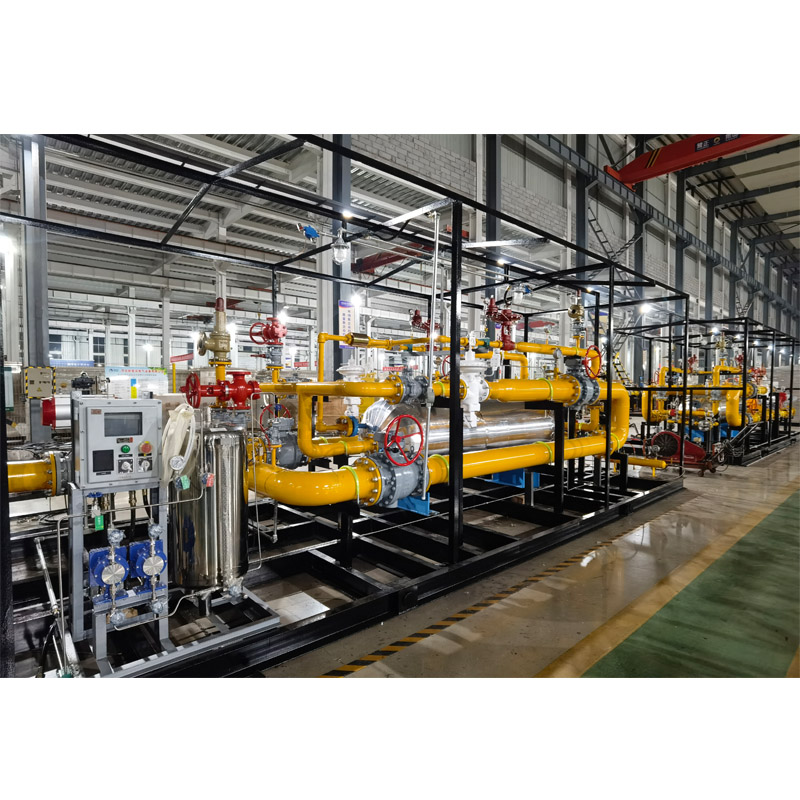
7 月 . 31, 2024 09:28
Back to list
Understanding Gas Pressure Regulator Valves and Their Importance in Various Applications
Understanding Gas Pressure Regulators An Essential Component in Gas Systems
Gas pressure regulators are vital components in various industrial, commercial, and residential systems, ensuring the safe and efficient use of gas. These devices automatically control the pressure of gas, allowing it to be distributed safely for various applications such as heating, cooking, fuel for vehicles, and more.
What is a Gas Pressure Regulator?
A gas pressure regulator is a device designed to reduce the high pressure of gas from a source – usually a tank or pipeline – to a lower, usable pressure. This adjustment is crucial as many appliances and systems require a specific pressure to operate efficiently. Without a regulator, appliances may receive either too much gas (causing damage, leaks, or even explosions) or too little (leading to poor performance).
How Does a Gas Pressure Regulator Work?
Gas pressure regulators operate based on a simple principle balancing the gas pressure coming in with the pressure going out. When high-pressure gas enters the regulator, it encounters a diaphragm that moves in response to the pressure change. As the diaphragm moves, it adjusts an internal valve that either allows more gas to flow through or restricts it. This process maintains a consistent output pressure, regardless of changes in inlet pressure or flow demand.
Most regulators consist of three main components the inlet, outlet, and a sensing element (usually a diaphragm). The inlet is where high-pressure gas enters, the outlet is where the gas flows out to the appliance, and the sensing element detects any changes in the outlet pressure, enabling the regulator to adjust accordingly.
Types of Gas Pressure Regulators
There are several types of gas pressure regulators, each designed for specific applications. The most common types include
.
2. Two-Stage Regulators These are used in situations where the inlet pressure may fluctuate significantly, such as in larger industrial applications. They reduce the pressure in two stages, providing a steady and reliable output pressure.
صمام منظم ضغط الغاز

3. Automatic Shut-off Regulators These regulators are equipped with safety features that automatically shut off the gas flow in the event of a malfunction or leakage, ensuring safety in gas systems.
Applications of Gas Pressure Regulators
Gas pressure regulators are used in a wide array of applications, including
- Residential Appliances Stoves, heaters, and water heaters commonly utilize gas pressure regulators to ensure proper functioning.
- Industrial Processes Factories and manufacturing plants often require gas for power generation, heating, and various chemical processes, all of which rely on precise pressure regulation.
- Transportation Compressed natural gas (CNG) vehicles employ regulators to control gas pressure and maintain engine performance.
Importance of Regular Maintenance
To ensure the longevity and efficiency of gas pressure regulators, regular maintenance is critical. This includes checking for leaks, replacing worn-out components, and verifying that the regulator is functioning as intended. Neglecting maintenance can lead to performance issues, increased energy costs, and safety hazards.
Conclusion
Gas pressure regulators play a crucial role in the safe and effective use of gas in our daily lives. By regulating pressure within systems, they help prevent accidents, enhance efficiency, and ensure that gas-powered appliances function correctly. As technology advances, the design and functionality of these regulators will continue to evolve, contributing to safer and more efficient gas usage across various industries. Understanding their operation and significance can empower users to better manage their gas systems, leading to improved safety and efficiency.
Latest news
-
Unlocking The Quality Gas Pressure ReducersNewsNov.01,2024
-
The Role of Gas Pressure Reducing StationsNewsNov.01,2024
-
The Importance and Functionality of Safety Relief ValvesNewsNov.01,2024
-
The Essential Role of Safety Valves in Natural Gas ApplicationsNewsNov.01,2024
-
The Essential Role of Gas Pressure RegulatorsNewsNov.01,2024
-
Enhance Your Premium Gas FiltersNewsNov.01,2024

